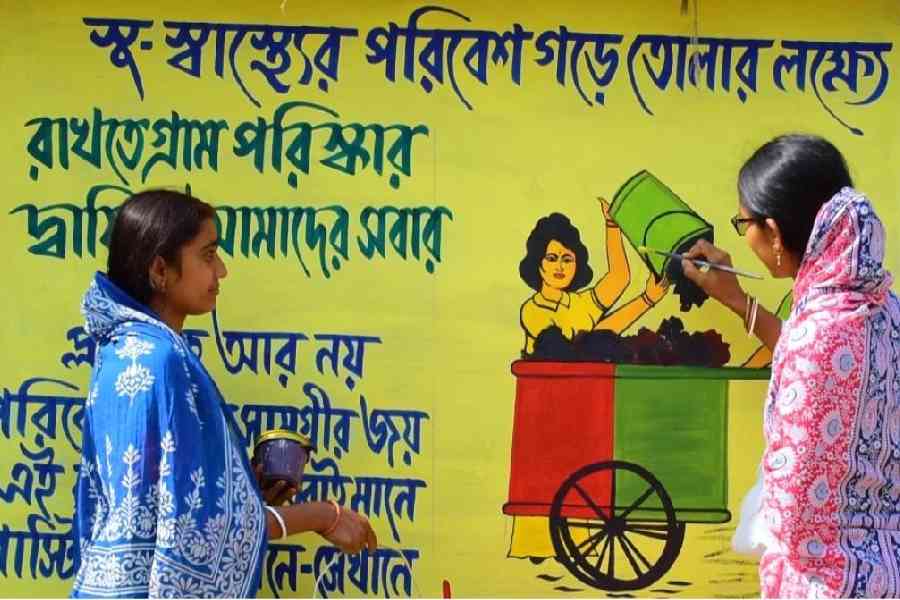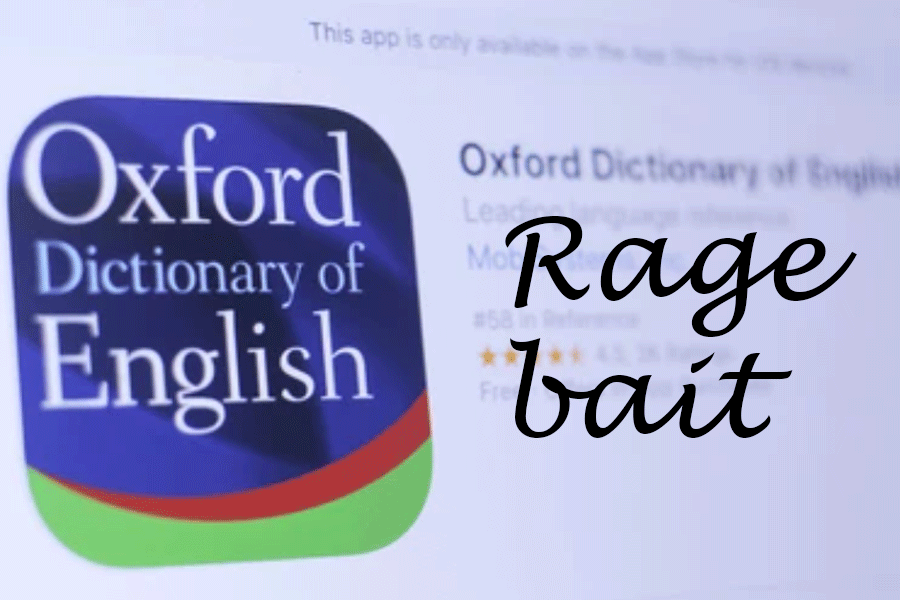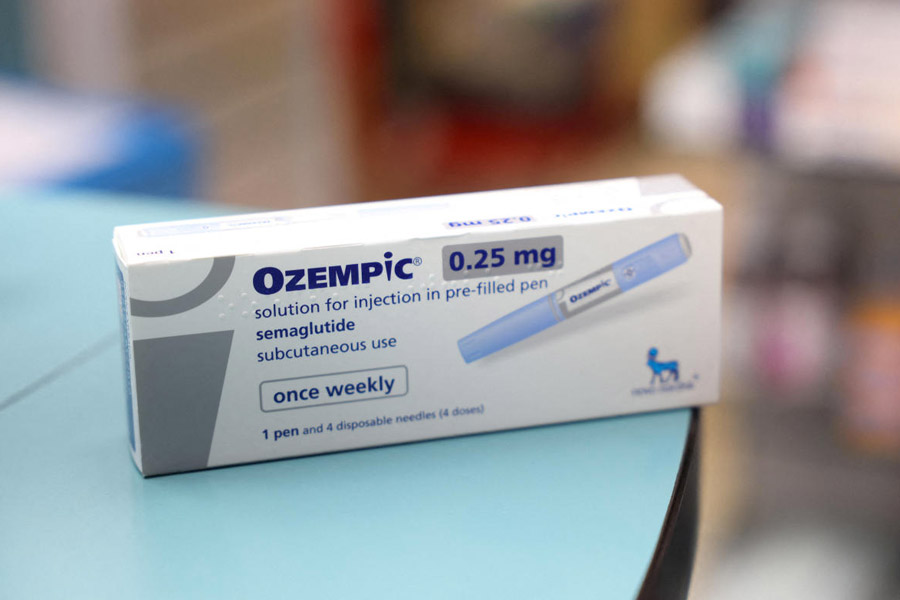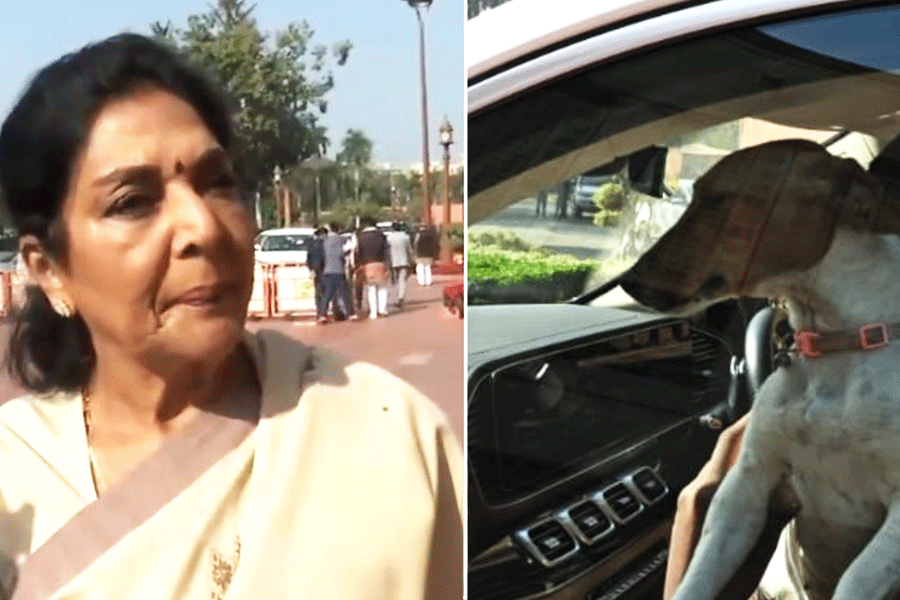On a fragile strip of land adrift on the Bay of Bengal, where tides swallow the soil bit by bit, Bengal’s smallest gram panchayat is waging an environmental war for survival.
Ghoramara island, which is located in the Hooghly river estuarine system which is a part of the larger Sunderbans delta in the Bay of Bengal, is 92kmfrom Calcutta.
The island is vanishing under the combined onslaught of climate change, sea-level rise and coastal erosion. But the islanders are rewriting Ghoramara’s destiny — with resilience, innovation and grassroots green action.
With only 5.5sqkm of land left and a population of around 4,500 spread across seven hamlets, this island under Sagar block of South 24-Parganas district has become a symbol of climate vulnerability — and community resilience.
Instead of surrendering to the encroaching sea, Ghoramara’s residents, with support from the state government, have launched a bold campaign focused on comprehensive waste management and ecosystem restoration to keep their island afloat.
“To keep the island alive, it must be kept clean and green,” said Kanhaiya Kumar Roy, block development officer (BDO) of Sagar. “We’ve instilled this idea in the community — many of whom had left the island — but our efforts have helped stem the tide of depopulation.”
The three-pronged strategy targets solid, plastic and liquid waste.
Dumping of household garbage and construction debris along riverbanks once blocked tidal creeks, accelerating erosion. “Decomposing organic waste also emits methane, contributing to sea-level rise,” Roy said, explaining why garbage management became a priority.
Plastic waste used to be another major threat. “Non-biodegradable plastics clog waterways and damage mangrove ecosystems that naturally protect the island,” Roy said. To counter this, The panchayat “has banned single-use plastics”, said a senior South 24-Parganas official.
Poor liquid waste management, too, was degrading mangroves and vegetation critical for binding the island’s fragile soil.
To combat this, 30,000 mangrove and tamarisk saplings were planted along the 7km river perimeter as “green guards”.
Local self-help groups (SHGs) were assigned to nurture them for five years. “Ghoramara’s survival depends on them,” said Roy.
Conposting is also a big part of the island’s ambitious goal: becoming a zero-waste zone. Awareness campaigns, rallies, murals and sit-and-draw competitions are regular affairs.










